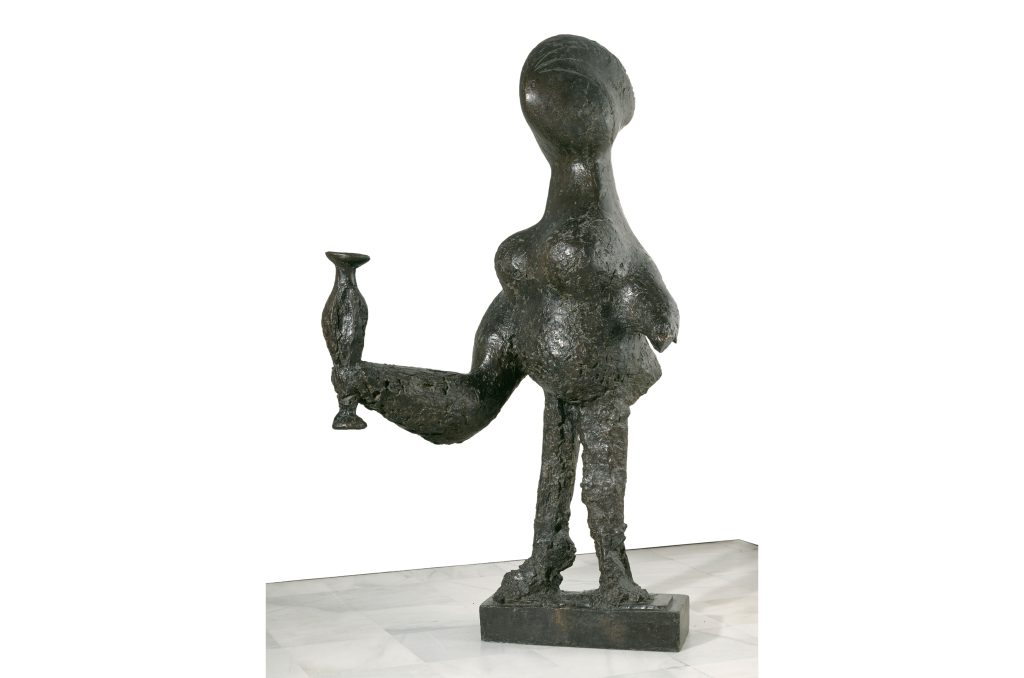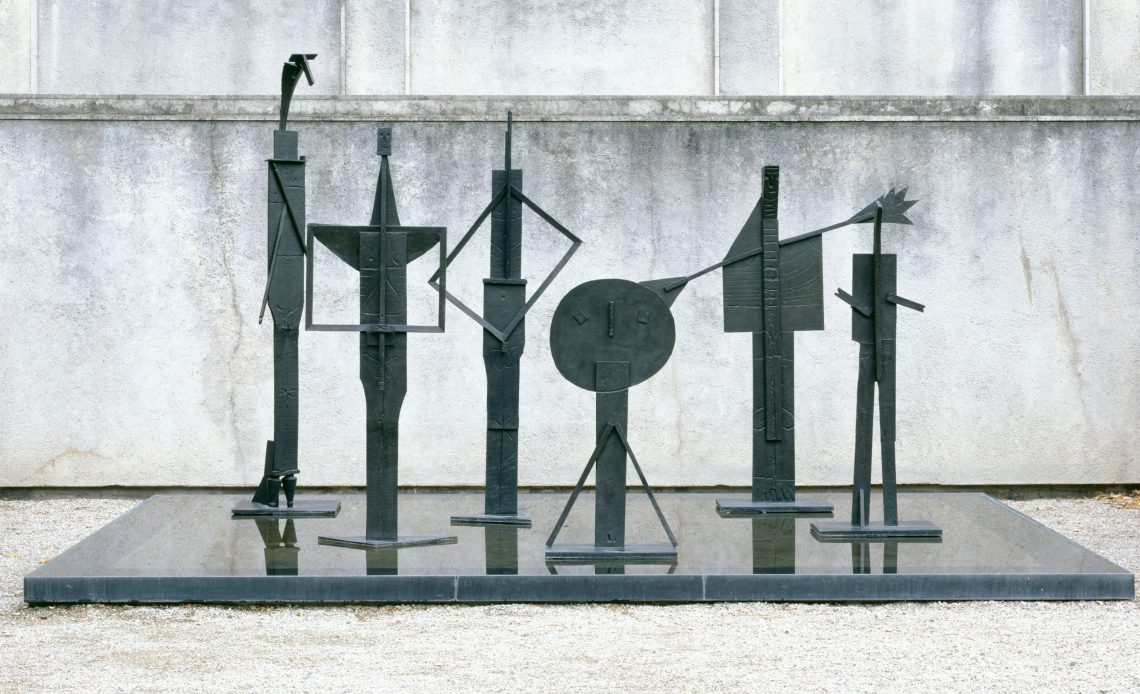Institutions around the world have come together to mark the 50 years since the death of Pablo Picasso, with the artist’s birthplace of Málaga paying its very own individual tribute.
This year marked the 50th year since Pablo Picasso passed away, with the commemoration initiative, Celebration Picasso 1973–2023, devised to explore the artist’s life through 50 exhibitions taking place across Europe and North America.
For this occasion, eyes were turned to the southern Spanish city of Málaga, where Picasso was born in 1881. His childhood home of Casa Natal Picasso, a designated heritage monument since 1983, is now a museum dedicated to the artist and with personal effects of the family that include works by both Picasso and his father, artist José Ruiz y Blasco. From a young age, Picasso would accompany his father to the latter’s studio where he was taught how to paint birds, especially pigeons (which his father bred), a motif that continued throughout his career and included the naming of his second daughter Paloma, the Spanish word for dove.
Despite moving with his family to northern Spain when he was ten years old, the character and influence of his native Andalucia were to play a pivotal role in Picasso’s life and practice, and were exemplified through various symbols and cultural references in his art, such as bulls and flamenco.
Focusing on the later chapters of the artist’s life, the La Malagueta Cultural Centre hosted Edward Quinn: Picasso and the golden years of the Côte d’Azur (ended 30 June), which presented an intimate look at the artist’s private and family life. Exhibited in the Malagueta Bull Ring, the images taken by the late Irish photographer, who passed away in 1997, provided a unique glimpse into Quinn’s relationship with Picasso and his behind-the-scenes access to the artist and his family. Quinn first photographed Picasso with two of his children in 1951, recalling how “The first pictures I made of Picasso and his children pleased him so much that after a few refusals, he did finally agree to allow me to photograph him in his pottery studio in Vallauris.” This was the beginning of a friendship which lasted until Picasso’s death. The location of the exhibition at the bull ring linked neatly to a motif that recurred repeatedly in Picasso’s work, from readymade bull sculptures to his epic oil painting, Guernica (1938).

© Digital archive Museo Nacional Centro de Arte Reina Sofía. © Succession Pablo Picasso, VEGAP, Madrid, 2023
As part of its contribution to the anniversary, the Museo Picasso Málaga celebrates with the current show Picasso Sculptor. Matter and Body (ends 10 September). This is the first major exhibition in Spain to delve into the artist’s oeuvre beyond his well-known painting practice, with a selection of works highlighting his focus on the whole or fragmented body through the medium of sculpture in bronze. A standout piece is Women with Vase (1933), a monumental two-metre-tall figure with a disproportionate arm. The work was created after Picasso purchased a 17th-century chateau in Boisgeloup, northwest of Paris, because he wanted space in which he could work on large-scale sculptures. The oval shapes found in the figure were, he said, an attempt at “pure form and distinct volume”. Several decades later, in the early 1970s, two copies of this sculpture were made; one is currently on loan to the exhibition from the Museo Nacional Centro de Arte Reina Sofía in Madrid, and the other is presented at the site of the artist’s tomb in Vauvenargues, in the south of France.
From October, the Museo Picasso Málaga will continue the celebrations with a new exhibition, Echoes of Picasso, which aims to create a dialogue with more than 30 international artists, including Louise Bourgeois, Richard Prince and Jameson Green, to highlight the impact Picasso had on the wider art world. This year’s specific anniversary aside, the Museo Picasso Málaga has become a cornerstone of the cultural fabric of the city. Its visitor figures have nearly doubled in the last 15 years, from 324,861 in 2009 to more than 641,000 last year, with more eyes on Picasso than on the Museo de Málaga, Centre Pompidou Málaga, Museo Carmen Thyssen Málaga and CAC Málaga combined.
As the yearlong celebrations continue, Picasso’s presence is felt as strongly as ever in the city where his life began. The 50 exhibitions to highlight the 50 years since his death have further cemented his legacy and introduced his name to new audiences as his fame goes beyond his artwork and his influence extends way further than his native Málaga.
Picasso Sculptor. Matter and Body runs until 10 September 2023 and Echoes of Picasso runs from 10 October 2023 until 31 March 2024



